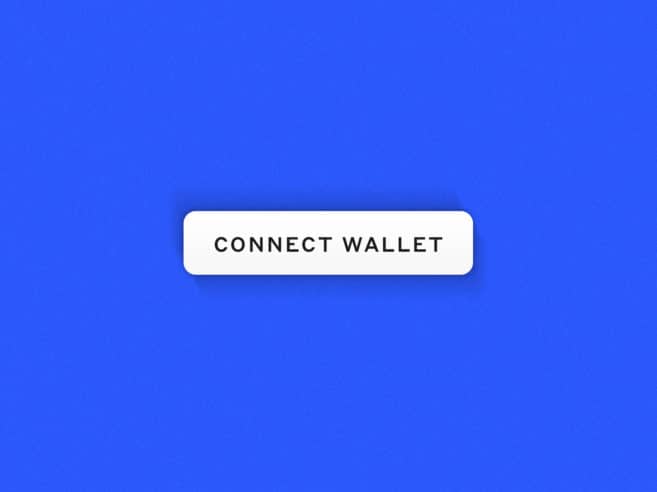
Digital Design Director
If you haven’t heard of Web3 yet, you’re probably living under a rock. It’s in the news all the time, and everyone has been talking about it online for a while now! So what the heck is it?
Web3 is a convenient way to package up the evolution of the internet.
It helps to look at the history of where we’ve come from to understand what this terminology means. We can frame it in a way that makes sense based on the progress of technology and its applications.
The evolution of web technology in simpler terms:
Web1 – Websites (static)
Web2 – Social Media (interactive)
Web3 – Decentralization (connected)
This is how I summarize it to make sense of it all.
Web1 consisted of basic websites and eCommerce. Web2 was the next movement, with social networks and mobile-first becoming the priority. Web3 is still unfolding, starting with headliners like blockchain technology and artificial intelligence pushing the boundaries.
The catalyst for Web3 fundamentally has been the extended development of blockchain technology and putting it to work.
Decentralization
Instead of something hosted within a closed system – think “Facebook” or any other similar platform – the data network moves towards different options. An example would be blockchain technology on a P2P network via dApp – bypassing a traditional centralized authority that usually controls who has access. Does that sound like nonsensical tech speak? Think cryptocurrency (Ethereum), peer to peer (direct) and decentralized application (open source software).
Permissionless
Transparency is leading the way. Again, blockchain is an excellent example of this. Data of transactions are stored on a public network easily accessible by anyone to see. It’s simply a record of information. There is no authority in place to meddle with who can do what. Updates are reflected live for all to review.
Connectivity
Dependency on traditional models of hardware and software is less apparent. Signing and accessing things via a unique wallet address is a straightforward way of directly doing something without limitations. Security becomes the primary focus for keeping identity unique, anonymous and safe.
Artificial Intelligence
The options and applications are endless, whether using AI for generating concepts, ideating, or even creating text. Live chat with virtual assistants, creating website copy or creating randomly generated artwork based on defined parameters are excellent use cases we’ve seen out there in the wild already.
What does it mean for your business?
Consider how you might be able to apply Web3 technology for your benefit and your customers.
Do you need to utilize Web3 for your company? Maybe, maybe not. Don’t do it to feel like you’re hip with the new kids in town. Web1/2 is still very much alive. Think of it as layers on top of one another.
Web3 is the gateway to so many opportunities it’s hard not to get tempted and jump right in.
There is a metaverse of people building amazing things.
Brands are finding ways to bridge the gap between Web2 and Web3, you could call it Web2.5 if you’d like. We’ll be seeing a lot of interesting collaborations happening!
While it’s not for everyone, as we’ve learned over time, in general, it’s inevitable and we need to embrace change. It’s happening and it’s here to stay whether or not you like it.
In the least, it serves you to be aware.
Add your two cents:
Share this article


